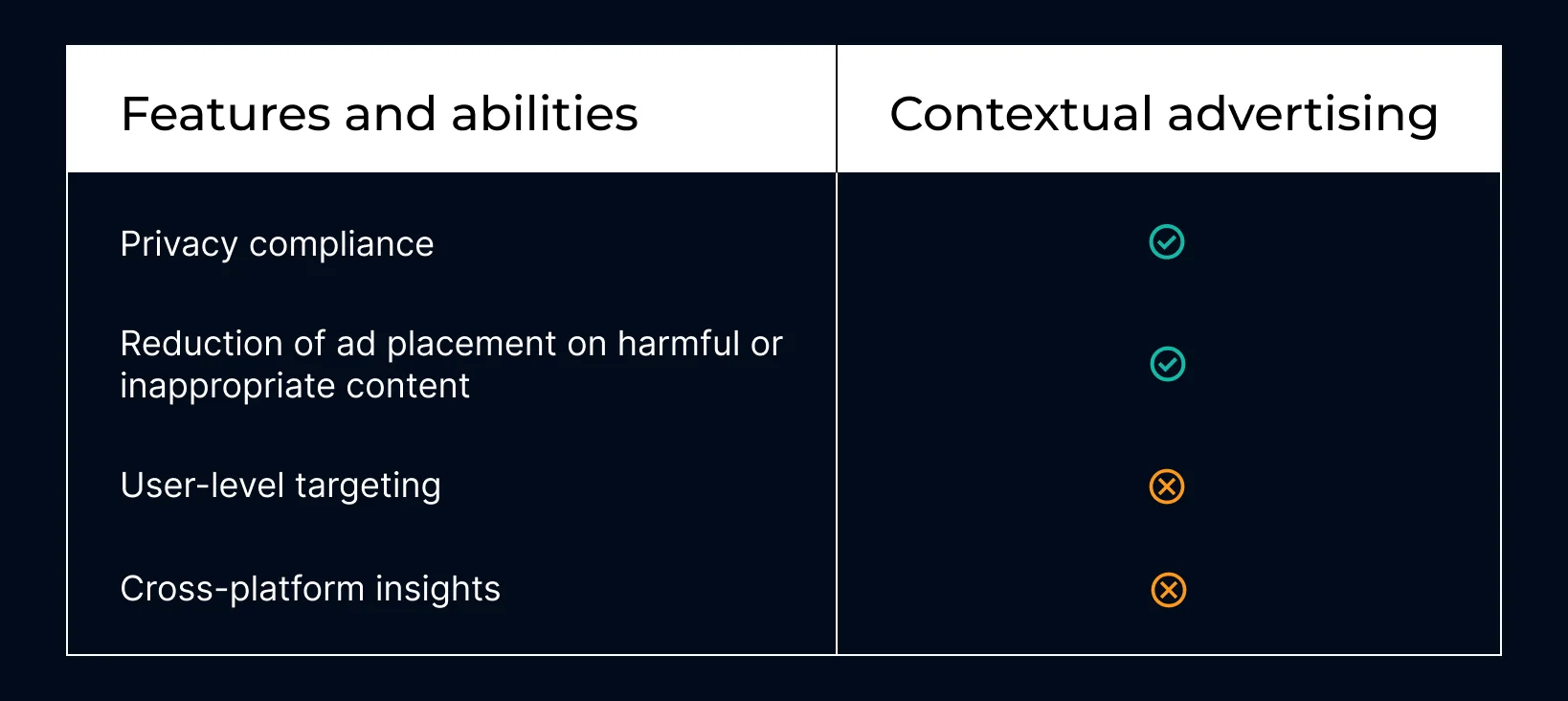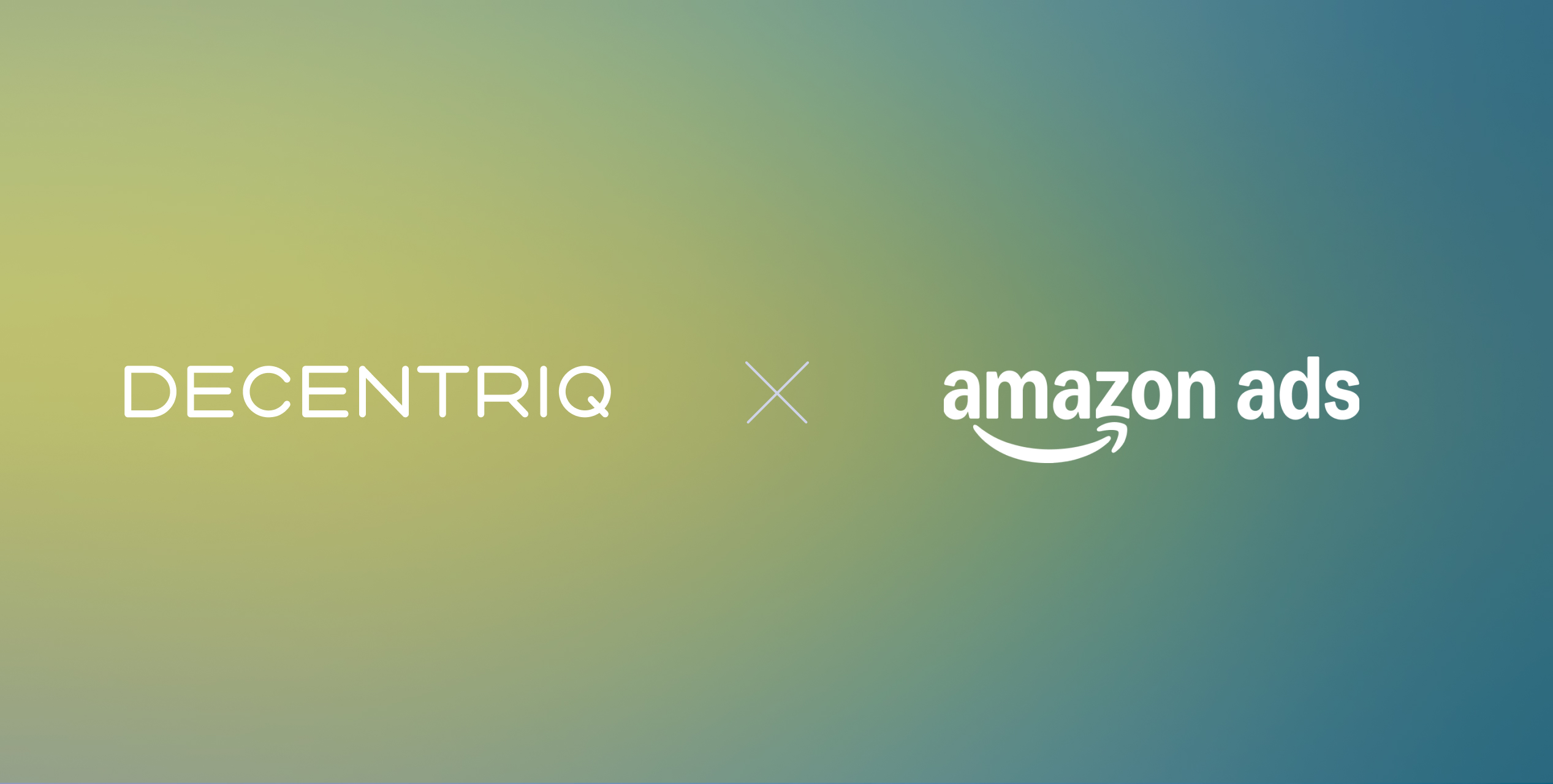
Cheap reach may look efficient on paper, but it rarely translates into meaningful investment returns.
Your guide to reducing wasted ad spend using first-party data
An estimated 23-56% of ad spend is currently wasted (and that’s before third-party cookies are completely deprecated). So how can brands ensure they’re reaching their ideal audiences at a time when consumers expect more personalized — yet privacy-preserving — advertising experiences than ever before?
.jpg)
When marketers talk about cheap advertising, they usually mean cost-effective campaigns that deliver a good ROI — reaching the right audience with minimal wasted ad spend. Too often, though, “cheap” gets confused with cheap reach: flooding ads across huge numbers of sites at low cost, but with little targeting or real impact. Cheap reach may look efficient on paper, but it rarely translates into meaningful investment returns.
In this article, we’ll explore why cheap reach doesn’t pay off and highlight smarter, privacy-preserving alternatives that help brands achieve cost-effective advertising without sacrificing results.
Why marketers fall into the cheap reach trap
If cheap reach is so ineffective, why do so many businesses still rely on it? The answer is simple: on the surface, it’s an easy win. Cheap reach promises big numbers, quick visibility, and low upfront costs — all things that appeal when you’re under pressure to make your marketing campaigns look successful. However, upon closer examination, it becomes apparent that these benefits are often misleading.
One of the biggest draws is volume metrics. Large amounts of impressions and clicks create the illusion of progress. Dashboards light up with traffic, and it’s tempting to interpret these numbers as a sign that campaigns are working. Yet impressions are not the same as conversions, and without a direct connection to investment returns, these figures can mask poor performance.
Low upfront costs also make cheap reach attractive. With budgets tight, the idea of paying less per impression seems like a bargain. But lower cost rarely equals better value, especially if those impressions aren’t reaching the right audience.
Then there’s the pressure for immediate results. Leaders want to see quick spikes in website traffic, but short-term wins often come at the expense of long-term financial goals.
Many teams simply lack the resources or expertise for detailed performance analysis. Without the ability to calculate ROI accurately, it’s easy to default to broad strategies that prioritize reach over relevance, even when the returns fall short.
Why cheap reach is not so cheap
At first glance, cheap reach seems like a sensible way to maximize visibility. But in practice, both the open internet and walled gardens create challenges that undermine performance and leave advertisers paying more for less value.
Open internet challenges
For years, third-party cookies powered targeted advertising across the web. However, as consumers limit tracking and browsers, such as Safari and Firefox, phase out third-party cookies, the quality of cookies has sharply declined. The result is poor targeting, weak frequency management, and ads shown to people who have little interest in the brand.
To compensate, many campaigns adopt a “spray-and-pray” approach, distributing ads across vast numbers of sites. On paper, this looks like scale; in reality, it means oversaturation, brand fatigue, and wasted cost — not to mention the implications for sustainability. The outcome is predictable: low relevance, disappointing ad performance, and poor investment profitability.
Walled gardens ≠ cheap
Some advertisers turn to walled gardens as an alternative. These platforms offer advanced targeting and seamless access to large audiences, but not at a bargain.
Media costs are high, and because platforms don’t coordinate, the same users often see duplicate ads without frequency caps. This overlap means brands pay to connect with the same people again and again, eroding potential returns.
Even worse, not all prospective customers spend their time in walled gardens. A heavy reliance on these platforms risks missing large portions of the market, while overpaying to reach the same audience repeatedly.
Together, these factors demonstrate that cheap reach is rarely as inexpensive as it seems — it’s a costly strategy with hidden risks and a limited long-term payoff.
What cheap advertising should really mean
If cheap reach wastes spend, then what does cheap advertising really look like? The answer isn’t about chasing the lowest CPMs or filling dashboards with large numbers. Instead, cheap advertising should mean campaigns that achieve better value per outcome, delivering meaningful connections with the right audience while minimizing waste.
The ultimate goal is impact. A smaller, well-targeted campaign that respects frequency caps will often outperform a broad campaign with millions of impressions. By focusing on audience fit and frequency hygiene, brands reduce noise, build trust, and ensure ads contribute directly to long-term success.
Cheap advertising should also be measured against clear financial goals. Whether it’s ROI, ROAS, or cost per acquisition, these metrics reveal the real picture of investment returns. When done well, cost-effective advertising achieves smarter spending, creating more value, and turning efficiency into a competitive advantage.
We delve deeper into how activating first-party data can reduce wasted ad spend here.
Smarter alternatives to cheap reach
If cheap reach drains budget without results, where can brands turn for targeted reach that isn’t expensive?
The best alternatives to cheap reach are privacy-preserving approaches that help advertisers achieve relevance, cut waste, and still connect with the right audience. By using more innovative strategies, brands can connect with their target audience, reduce waste, and still achieve strong performance without resorting to low-quality impressions.
Let’s look at the options.
Contextual advertising
Contextual advertising matches ads to the content a person is engaging with rather than their personal identifiers. It places ads in line with the content being consumed. For example, a golf equipment brand can place ads within sports articles that cover golf, ensuring a natural fit with audience interests.
This method is privacy-friendly, brand-safe, and market-relevant, since it doesn’t rely on third-party cookies. The main limitation is scale: effectiveness depends on readers encountering the right site or content at the right time.
It’s affordable and scalable, but not always precise.

Putting first-party data to use
Brands already hold powerful insights through their existing customers and website users. By activating their first-party data — for example, targeting lookalikes of loyal buyers — advertisers can unlock more precise targeting, efficiently reaching prospective customers who are more likely to convert.
On its own, first-party data won’t go far. For best results, advertisers should collaborate with trusted premium publishers or a data partner to further expand their reach. When executed effectively, this strategy transforms a brand’s customer base into its most valuable asset, leading to more efficient spending and stronger performance metrics.
However, the challenge lies in keeping data secure and compliant, rather than relying simply on trust. To navigate this, businesses typically rely on one of three main solutions: identity graph providers, data platforms, or data clean rooms.
1. Identity graphs providers
Identity (ID) graph providers unify fragmented identifiers, such as email addresses and device IDs, into a single profile. This can improve orchestration across marketing campaigns and create a clearer picture of the customer base.
However, privacy is a concern: the data you share may enrich the provider’s wider graph, which also benefits your competitors. Protections are weaker, and the value you create may not stay exclusive to your brand.
2. Data platforms
Data platforms provide a centralized approach to storing, managing, and analyzing large volumes of customer data. Some focus on cloud-based sharing, others on collaboration. While useful for infrastructure and insights, they often lack the advanced features needed for robust, privacy-centric collaboration.
That’s why data platforms are most effective when used in combination with a data clean room, where privacy and precision can be maintained together.
3. Data clean rooms
The most powerful way to activate first-party data is through the use of data clean rooms. These secure environments allow brands to connect their own customer data with a publisher’s audience data without exposing or sharing raw information. This privacy-preserving setup enables advertisers to identify overlaps, create high-quality segments, and plan campaigns with significantly greater accuracy.
The impact is twofold: first, brands reduce wasted spend by targeting the right audience rather than paying for broad exposure. Second, they protect customer trust and stay compliant with strict regulations, since no party gains direct access to another’s sensitive data.
Clean rooms also go beyond identity graphs or data platforms by combining precision with robust safeguards. Decentriq achieves this through confidential computing, meaning not even the clean room provider can view the underlying data. The result is the enablement of true cost-effective advertising — DCRs facilitate more effective first-party data campaigns without sacrificing privacy.
Redefining value in advertising
The paradox of digital advertising is that the cheapest reach often turns out to be the most expensive. Every wasted impression chips away at your budget and the ability to truly connect with your audience. But when brands stop chasing “cheap” as a number and start seeing it as value per outcome, everything shifts.
Cheap advertising isn’t a race to the lowest cost per click; it’s a commitment to more innovative, leaner strategies that protect privacy while delivering results that move the needle.
The question to ask isn’t how many people did we reach, but rather what did that reach achieve? Redefining value in this way transforms cheap advertising from a shortcut into a sustainable advantage.
Ready to move beyond wasted impressions?
Discover how Decentriq’s data clean rooms for advertising collaboration help brands securely collaborate with premium partners, reduce ad waste, and redefine value in advertising. Start turning efficiency into a competitive advantage today.
References
Your guide to reducing wasted ad spend using first-party data
An estimated 23-56% of ad spend is currently wasted (and that’s before third-party cookies are completely deprecated). So how can brands ensure they’re reaching their ideal audiences at a time when consumers expect more personalized — yet privacy-preserving — advertising experiences than ever before?
.jpg)
Related content
Subscribe to Decentriq
Stay connected with Decentriq. Receive email notifications about industry news and product updates.




